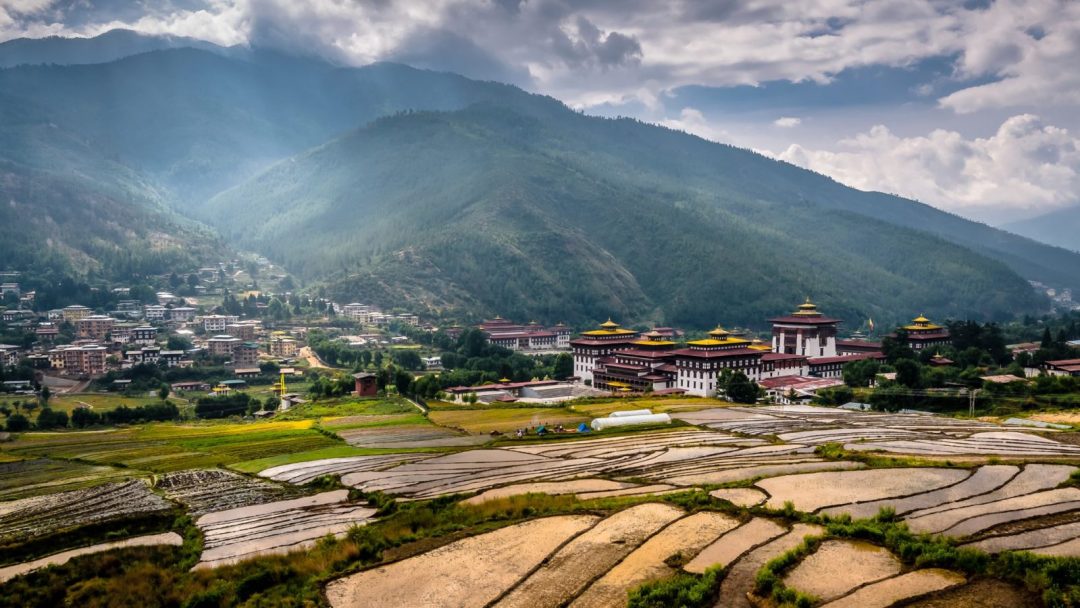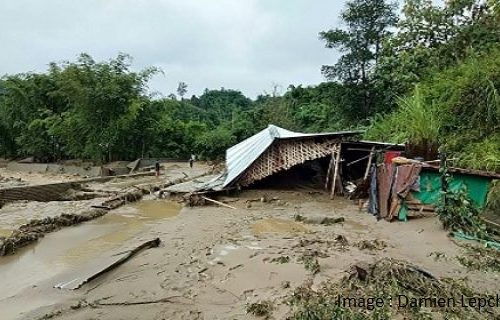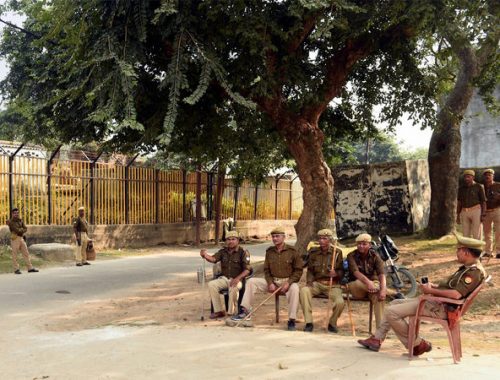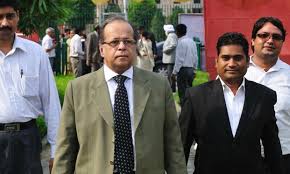“The favourable aspects of a site in Thimphu valley have made it eminently suitable for the capital.” A recently discovered report titled, “New Capital for Bhutan in the Thimphu Valley,” dated April 1963, reasons why Thimphu was eminently suitable as the new capital of Bhutan.
The first reason was that Thimphu was suitable for round-the-year living. It was also found that the practice of shifting the capital from Thimphu to Punakha during the winter was found expensive for the state. Although the report does not state, it implies that by moving the capital permanently to Thimphu, the state would be absolved of this financial burden.
Secondly, the proposed site for the capital adjoins the Tashichhodzong and it would be in the proximity of His Majesty’s Palace. In the life of the Bhutanese, these two institutions are of great significance.
Thirdly, Thimphu had the land required for housing a population of 12,000 to 20,000. Fourthly, Thimphu could be reached in about 10 to 15 hours from the Indian airstrip of Hasimara. This factor was considered of great consequence in a country where access in the mountainous terrain was hazardous, time consuming and expensive.
Fifthly as the site of the capital, Thimphu could maintain effective control on movement in the highways from the north as well as from the South.
Sixthly, the physical features of Thimphu made it scenic and impressive. Located at an altitude of 8,000 ft. and in between two sub-Himalayan ranges rising sharply to about 12,000 ft., Thimphu provided a good aspect for the capital. Lastly, Thimphu commanded a perennial source of water supply. The terrain was found suitable for good drainage and sewage disposal systems.
The Report
The neatly typed seven-page report has been classified under four broad categories. The categories are; Preliminary Framework of the capital, Social Base, Economic Base and fourthly the Plan. Under each broad category there are subsections. For example under the first category, the subheadings are, “ Need for a governmental centre, the Site and Scope of Planning. Given the significance of the historical data extracts of the report are being reproduced.
The Contents
Under the first broad heading of Preliminary framework of the capital, the need for a governmental centre is justified as “ the opening of the 120 mile highway from Phuntsholing to the Thimphu valley and beyond augurs an era of a development and progress in Bhutan. Activities of varied nature will spring up a consequence of the inter-communication made possible by the highway. It is appropriate that a governmental centre, from which the nation building activities can be conceived, directed, co-ordinated and controlled, be established and developed.”
In the scope of planning, the report states that, “the planning of a township of the size envisaged in a country such as Bhutan, presents problems of adaptation common to all places where such work is being done for the first time. Such problems as arises need to be solved during the first five-year development. The resources of the country have to be harnessed and geared to this end. This work itself will be the bulk of the programme for the first five years. The growth of the township immediately after this period will be faster. It is possible for the capital to reach the planned size in about 15 years on the whole. A comprehensive plan for 15 years has been envisaged.”
Point 2.1 is classified as Population and its characteristics; “ In the absence of Census data, population estimates can be made only approximately, based on the employment potential of the community. An estimate of the total employment generated in the capital at Thimphu is worked out in paragraph three. It is assumed that the family size will continue to be between three and four persons. Adjustments for factors such as average life expectation, fertility rate, infant mortality, etc., are made on the basis of available information. The estimate of population is as follows:
1967, 5,000 persons, 1972, 7,000 persons, 1977, 10,000-12,000 persons may achieve a high figure of 20,000.”
The report states that the housing policy for the capital must include the provisions to be made by the various departments of the government to house their staff, the extent to which private housing will come up in the capital and also on the clusters to which the Bhutanese workers would like to move in the capital. Adaptations of the prevalent building techniques in rubble, rammed earth and timber will have to be evolved. The resources for putting up a large number of buildings need to be studied.
To realise the housing facilities demanded, the report assumes that Bhutanese who move to the new capital will continue to build on developed land made available to them. The houses would be similar to or a little improved versions over the traditional adobe houses. It is expected of the government to build houses for their employees on a scale determined by the number of institutions set up in the new capital.
The report states that the extent of development of Thimphu town will span over an area of 700 acres. However, only 400 acres will be used for the development of the town and the balance of 300 acres will be used for agricultural purposes.
The report proposes to keep a provision for an orchard or alternatively a plantation. The designated area would be north of the Tashichhodzong and cover an area of 20-25 acres. It will also have an agricultural experimental station with a piggery and poultry.
The consultants estimate the rate of development of Thimphu as Rs. 8,000 per acre. The town plan is based on the population estimate of 12,000 with a maximum projection of 20,000 people living in the capital city. The city dwellers were categorised in five income groups starting from those earning Rs. 300 per month to 1,200 per month. Subsistence farmers are also included in the category.
The report proposes to have a police force of 50 personnel, a school with enrolment of 300-400 and ultimately 600 students. At that time, there was already a hospital and the report recommends adding a T.B Ward to the hospital.
The April report has a list of maps. Out of the 11 maps, only three were attached to the report; Housing Layout, Road Hierarchy and the Design Report for the Water Supply & Drainage Scheme of the City at Thimphu Valley-Bhutan. The missing eight maps are, Comprehensive Plan 1962-77, Plan for the first stage, Housing Sector D, Housing Sector C, House Design, Perspective of Cluster, Industrial District, Plot and Building Analysis and lastly the Road Hierarchy.
One of the first documents reflecting the intentions of His Late Majesty to make Thimphu the capital is reflected in a letter dated 3 June 1962. While details are not available, apparently, the Royal Government of Bhutan wrote the letter to the Director of Indian Institute of Technology, Kharagpur to review the terms of contract.
The outcome of the letter was the first town plan meeting held in Phuntsholing. The meeting was held on 9 August. The Bhutanese delegation was led by Dasho Lhendup Dorji and consisted of Rai Bahadur T.D. Densapa, Sri M.S Nair and Sri O.P Mathur. The two Indian professors, Prof. R.K. Dhar and A. Subbakrishniah from the Indian Institute of Technology travelled from Kharagpur to Phuntsholing to present the preliminary plan in the form of 22 points. Nine months later, in April 1963, the seven-page report, “New Capital for Bhutan in the Thimphu Valley,” was drafted.
The process of shifting the capital to Thimphu started much earlier. In 1952, His Majesty the Second Druk Gyalpo passed away and his dying wish was for his son to move the capital from Bumthang to Thimphu. After completing all the funeral rites His Late Majesty the Third Druk Gyalpo and Her Majesty Ashi Kesang Choeden Wangchuck moved to Paro and embarked on setting up Thimphu as the new capital of Bhutan.




